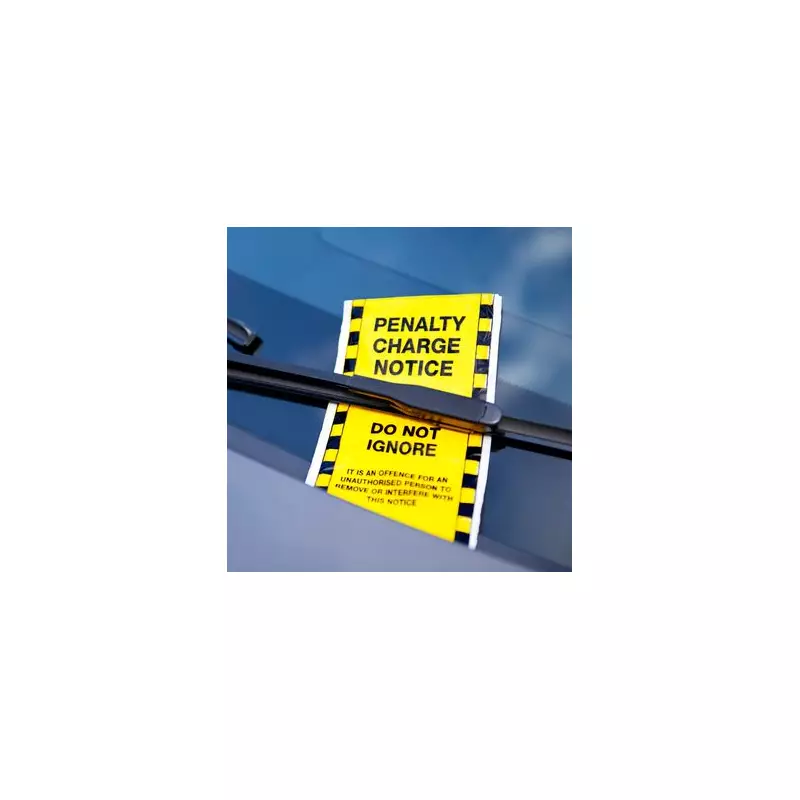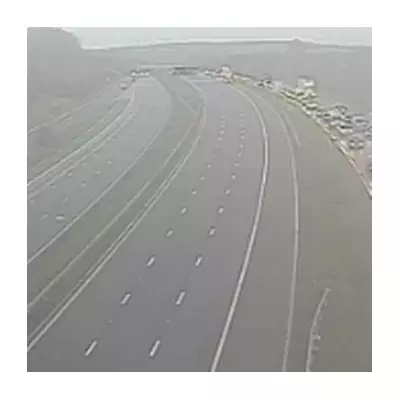
Millions of UK drivers are playing a costly game of chance every time they park, completely unaware of a sneaky Highway Code rule that could see them slapped with a £100 penalty. It’s not about yellow lines or double yellows, but a far more common and misunderstood scenario.
The Hidden Danger in Rule 243
Buried within the Highway Code, Rule 243 is the culprit. While most motorists diligently avoid parking on double yellow lines, they often overlook a specific part of this rule. It explicitly advises drivers not to stop or park "where the kerb has been lowered to help wheelchair users and powered mobility vehicles" or "opposite or within 10 metres (32 feet) of a junction, except in an authorised parking space".
It’s this second part – the 10-metre rule near junctions – that is catching countless drivers out. Many assume that if there are no visible lines or signs, it’s fair game. This assumption is a very expensive mistake.
Why This Rule is So Easy to Break
The peril of this rule lies in its subtlety. Unlike the clear message of a double yellow line, the 10-metre boundary near a junction is invisible. Drivers are left to estimate the distance, and in busy urban areas where parking is a premium, the temptation to squeeze in a car near a corner is overwhelming.
Parking too close to a junction isn’t just a technical offence; it’s a serious safety issue. It creates a dangerous blind spot, obscuring the view for other drivers, cyclists, and pedestrians trying to enter or exit the road. This dramatically increases the risk of a collision.
The Steep Price of Getting It Wrong
The consequences aren’t just theoretical. Local councils and traffic wardens are well within their rights to issue a Penalty Charge Notice (PCN) for a breach of Rule 243. Fines typically start at £70 but can rocket to £100 if not paid promptly. In London and other major cities, the penalties can be even steeper.
This isn’t a minor oversight; it’s a direct contravention of the Code, which states that its rules «must be obeyed» and that doing so is «a legal requirement».
How to Protect Yourself and Your Wallet
So, how can you avoid this frustrating fine? The solution is simple but requires a shift in habit:
- Always eye up the junction: Before you switch off the engine, actively look for the nearest junction, pedestrian crossing, or corner.
- Measure it out in your head: Remember the magic number – 10 metres, or roughly 32 feet. A good visual guide is the length of three average cars parked end-to-end.
- When in doubt, move it out: If you’re unsure whether you’re clear of the 10-metre zone, find another spot. The few minutes spent searching for a safer space is far cheaper than a three-figure fine.
Staying informed and vigilant is the best defence against these hidden motoring penalties. A little extra caution while parking could save you a significant amount of money and keep our roads safer for everyone.





